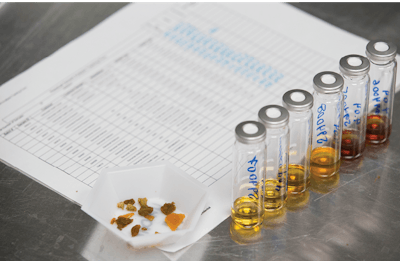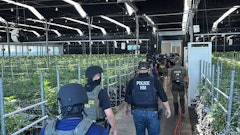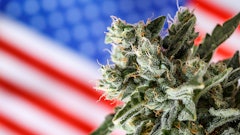
This article originally appeared in the August 2017 print edition of Cannabis Business Times. To subscribe, click here.
With federal oversight still a distant prospect, states have been working to refine their own rules for pesticides
There are still no federally approved pesticides for cannabis use, leaving states to sort through substances that cannabis cultivators are allowed to use and to define acceptable limits for those compounds.
Colorado has a list of fewer than 200 allowed pesticides and doesn’t yet require private lab testing; Washington allows 330 and requires lab testing for 13 pesticides; Oregon allows 362 and requires testing for 59.
Alaska’s Division of Environmental Health/Pesticide Control Program has a “Partial List of Pesticides that Meet Criteria to be Used on Marijuana Crops” with 145 allowed substances, and the spreadsheet noting whether each substance is a good treatment for fungus, mites, insects, slugs, worms, or for use as an insect growth regulator (IGR). Pesticide testing hasn’t yet been rolled out there.
Nevada, meanwhile, maintains a list of nearly 100 substances that can legally be used. And in California, draft rules for medical marijuana were released by the California Bureau of Marijuana Control in May, suggesting mandatory testing for 66 pesticides. Draft rules for recreational marijuana are expected later this year, and some anticipate the proposed pesticide regulations will be adopted for adult-use cannabis as well, once the medical and recreational programs are integrated under SB-94, the Medical and Adult-Use Cannabis Regulation and Safety Act (MAUCRSA).
To read the full article in Cannabis Business Times' August edition, click here.
Photo courtesy of Steep Hill Labs
























